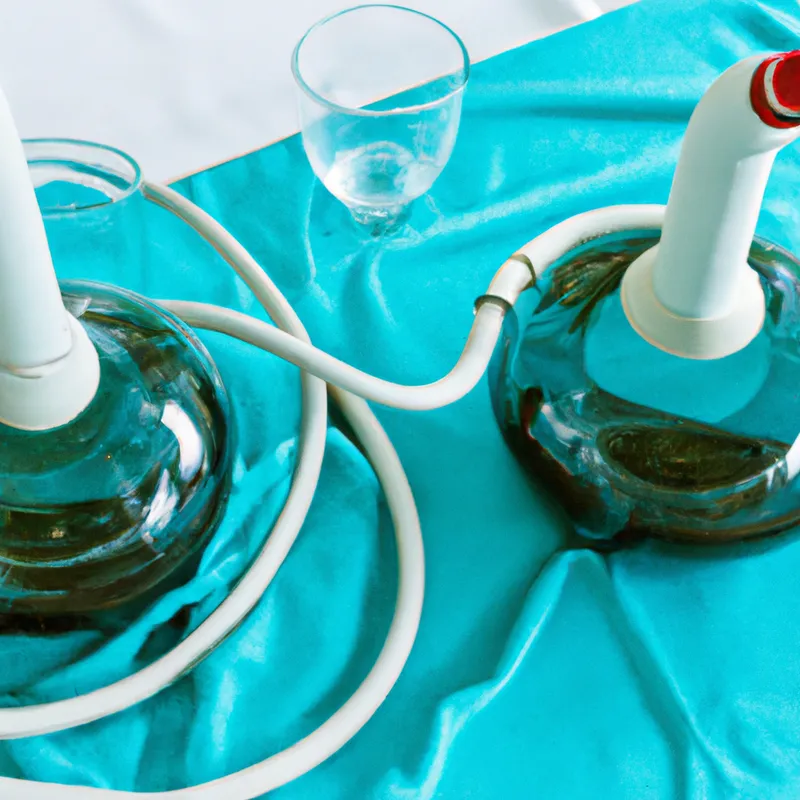Embrace the Calm of Cold Water Practices
Exploring Cold Water Immersion Practices in Eastern Medicine
Cold water immersion practices have surged in popularity among wellness enthusiasts and athletes seeking recovery techniques. In Eastern medicine, these practices serve as vital components of holistic health, not just fleeting trends. Understanding their origins, principles, and benefits reveals how these ancient techniques enhance health and well-being.
Understanding Cold Water Immersion in Eastern Medicine
Cold water immersion, or hydrotherapy, has featured in Eastern medicinal practices for centuries. Traditional Chinese Medicine (TCM) emphasizes balancing the body’s energies, known as “Qi.” TCM believes that Qi imbalances can cause various health issues. Practitioners view cold water immersion as a way to activate the body’s healing mechanisms, promote Qi flow, and restore balance.
Ayurveda, the ancient Indian medical system, also values temperature for maintaining health. In Ayurveda, external factors like temperature influence the balance of the three doshas—Vata, Pitta, and Kapha. Cold water helps counteract excess body heat and alleviates inflammation or overactivity.
Both TCM and Ayurveda highlight the body’s natural healing abilities. Cold water immersion stimulates circulation, reduces inflammation, and boosts immunity. It also aids in balancing the body’s energies, enhancing overall well-being.
Practical Tips for Cold Water Immersion
If you’re new to cold water immersion, begin gradually. Follow these practical tips for a safe and effective experience:
1. Start Slow
Begin with cool showers lasting a few minutes. This gradual approach lets your body adapt to the cold. Start warm, then switch to cooler water for the last minute. As you gain comfort, gradually lower the temperature over several sessions until you can tolerate colder water.
2. Time It Right
Aim for short immersion sessions. Start with 1-2 minutes, then increase to 5-10 minutes as your body adjusts. Regular exposure is essential, so try to immerse yourself a few times a week. Consistency helps your body build resilience to colder temperatures.
3. Breathe Deeply
Focus on your breath during immersion. Cold water can shock your system, but deep breathing helps manage this response. Take slow, deep breaths to calm your nervous system and enhance your experience. This practice also improves mental clarity and focus.
4. Use the Right Environment
Choose a safe and comfortable environment for immersion. Whether in a cold shower, plunge pool, or natural water, ensure you can exit safely if you feel overwhelmed.
Conclusion
Cold water immersion offers valuable insights into Eastern medicine’s holistic health approaches. Embrace these practices to enhance your well-being.
Below are related products based on this post:
FAQ
What are the benefits of cold water immersion in Eastern medicine?
Cold water immersion stimulates circulation, reduces inflammation, and boosts immunity. It helps in balancing the body’s energies, enhances overall well-being, and activates the body’s natural healing mechanisms.
How should I start practicing cold water immersion safely?
Begin gradually by starting with cool showers for a few minutes. Transition from warm to cooler water, and gradually decrease the temperature over time. Aim for short sessions of 1-2 minutes initially, then increase to 5-10 minutes as your body adjusts.
What techniques can I use to manage the shock of cold water immersion?
Focusing on deep breathing is key during immersion. Slow, deep breaths help calm your nervous system and manage the shock response. This practice also enhances mental clarity and focus as you adapt to the cold.















Post Comment